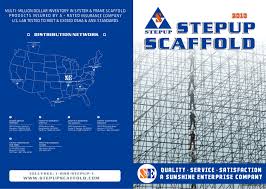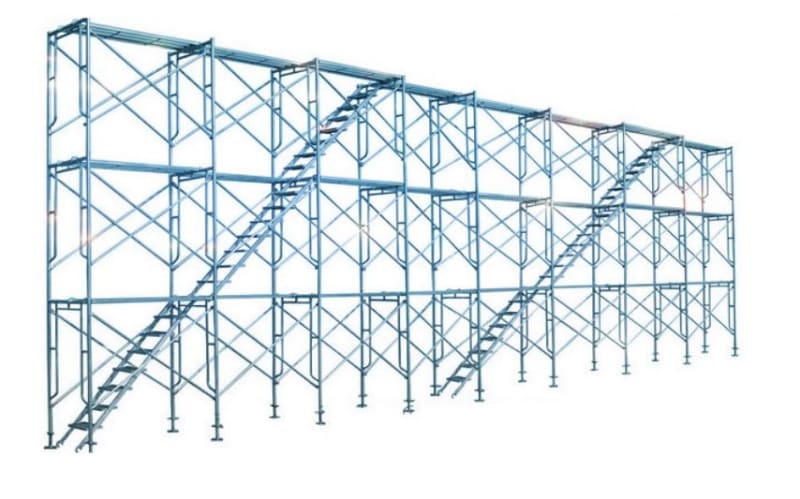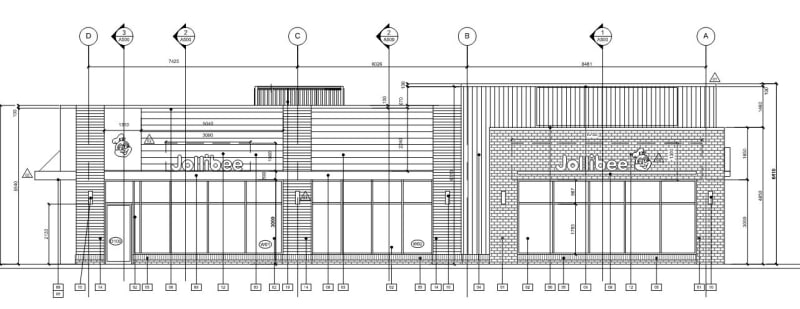KootK
Structural
- Oct 16, 2001
- 18,563
I've got a good contractor client that I'm trying to help with a little construction engineering. Unfortunately, I've been unable to get my hands on the engineering data that I need for the projects involved. I've called and emailed the supplier repeatedly but, as is often the case, they don't seem to give me the time of day because I'm not an actual scaffold supplier. Anybody out there in the digiverse got a copy of Stepup's engineering manual?

 ]
]




